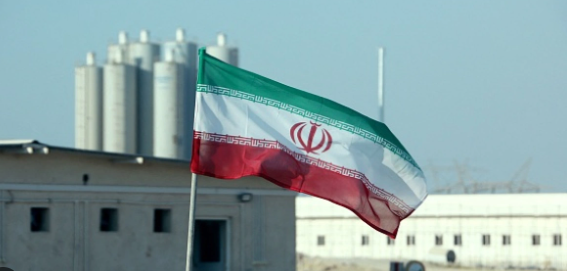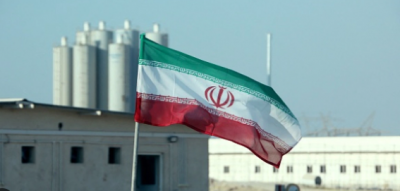The Atomic Energy Agency reported that estimates indicate an increase in Iran's stockpile of enriched uranium by 983.7 kilograms since the last quarterly report, bringing it to 4744.5 kilograms. The International Atomic Energy Agency (IAEA) mentioned in two reports on Wednesday, which were reviewed by Reuters, that it has reinstalled some monitoring equipment that was originally put in place under the 2015 nuclear agreement with major powers and which Iran had ordered to be removed last year. The reinstalled equipment is a small part of what the agency planned to implement to enhance its monitoring of Iranian nuclear activities, according to what the agency agreed with Iran in March to de-escalate tensions regarding Iran's cooperation.
A diplomat stated that the progress made, although limited according to the two reports, includes the installation of real-time monitoring equipment for enrichment on the centrifuge lines used for uranium enrichment, reaching purity levels of up to 60 percent, nearing weapons-grade, at Natanz and Fordow.
At the same time, Iran's stockpile of uranium enriched up to 60 percent continues to grow, now almost sufficient to create two nuclear bombs, as shown in one of the quarterly reports directed to the agency's member states. Iran is advancing its enrichment program, which has been steadily and rapidly expanding, including the Fordow underground site developed secretly and possibly located within a mountain for protection from airstrikes.
The 2015 nuclear agreement imposed strict limitations on the types of centrifuges Iran could use, the level of purity that could be reached, and the amount of enriched uranium it could possess, in exchange for the lifting of international sanctions imposed on Tehran. After then-President Donald Trump’s decision to withdraw from the agreement in 2018 and reimpose sanctions, Iran began violating the agreement and exceeding its stipulations to the extent that the director-general of the International Atomic Energy Agency described it as "worthless," prompting diplomats to say that the chances of reviving it are slim.
A report from the IAEA on Wednesday noted that Iran now has 114.1 kilograms of uranium enriched up to 60 percent in the form of uranium hexafluoride, which can be easily enriched further, an increase of 26.6 kilograms from the previous quarter. Holding about 42 kilograms of uranium enriched to 60 percent is what the IAEA describes as "a large quantity" that constitutes "an approximate amount of nuclear materials that precludes the exclusion of the possibility of manufacturing a nuclear explosive device."




